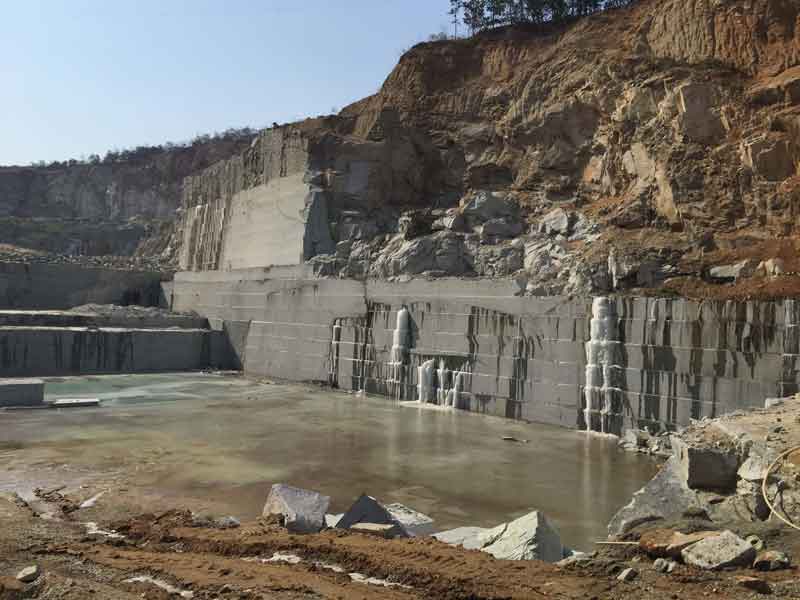Discovering the Charm of Granite Quarry in South Africa Wonders
Discovering the Charm of Granite Quarry in South Africa Wonders
Blog Article
Unearthing the Rich History and Lasting Practices of Granite Quarrying
As we base on the precipice of revealing the detailed tapestry of granite quarrying, a trip with time exposes not just the physical act of drawing out stone yet also the cultural and historic relevance woven into the extremely fabric of this technique. From the ancient origins that laid the structure for modern-day quarrying methods to the lasting practices that are forming the future of this market, each chisel mark on granite surfaces narrates waiting to be discovered (granite quarries in south africa). The legacy of granite quarrying stretches far past simple removal; it is a testament to human ingenuity, resilience, and the enduring attraction of this marvelous stone
Ancient Origins of Granite Quarrying
Dating back to ancient people, the practice of quarrying granite has actually been an important part of human background and architectural innovation. The earliest proof of granite quarrying go back to old Egypt, where substantial pyramids and complex sculptures were crafted from this durable rock. The Egyptians used primitive devices to remove granite blocks from quarries, showcasing the significance of this product in their monumental building and constructions.
Moving on in history, the Greeks likewise made substantial contributions to the quarrying of granite. The Greeks made use of granite in different building wonders, such as holy places and statues, showing their ability in shaping and sculpting this hardy rock. The Romans additionally fine-tuned the strategies of quarrying granite, using sophisticated devices like knives and hammers to remove and form granite for their famous structures.
With the centuries, the technique of quarrying granite has developed, with modern-day innovations enhancing effectiveness while maintaining the classic appeal of this all-natural rock - granite quarries in south africa. From ancient civilizations to contemporary building contractors, the heritage of granite quarrying remains to shape our world
Advancement of Quarrying Strategies
The advancement of quarrying techniques has actually been noted by a continual progression in the direction of better effectiveness and accuracy in extracting granite. Early quarrying methods entailed manual labor with standard tools such as chisels, hammers, and wedges to extract granite blocks from the earth.
Improvements in computer-controlled equipment and 3D modeling have enhanced quarrying operations, leading to very little ecological influence and enhanced sustainability techniques. As the need for granite proceeds to climb, the advancement of quarrying strategies continues to be indispensable to conference sector requires successfully and sustainably.
Social Relevance of Granite
Granite holds an extensive cultural importance across different worlds due to its enduring existence in architectural masterpieces and prized monoliths. From the marvelous pyramids of Egypt to YOURURL.com the complex makings of the Angkor Wat holy place in Cambodia, granite has actually been a product of choice for sharing majesty and long life in cultural heritage. In old Rome, granite columns adorned holy places and public buildings, symbolizing toughness and permanence. The social relevance of granite prolongs beyond its physical features; it symbolizes durability, stability, and eternity, making it a sign of withstanding traditions and customs.

Sustainable Practices in Quarrying
Amidst the abundant history of granite quarrying and its social relevance exists a growing emphasis on sustainable practices within the market. As ecological recognition and problems regarding resource deficiency have actually heightened globally, the quarrying field has actually increasingly welcomed sustainable techniques to reduce its effect on the setting and surrounding areas.

Moreover, improvement and rehab of quarry sites post-extraction are essential to sustainable practices. By bring back quarried areas to a natural or advantageous state, such as producing wildlife environments or entertainment spaces, quarriers can balance out the environmental footprint of their procedures and contribute positively to the neighborhood environment.
Legacy of Granite Quarrying
With a historical background soaked in workmanship and commercial progression, what sustaining effect has granite quarrying left on the landscape of contemporary society? The heritage of granite quarrying transcends mere removal methods; it has shaped building marvels, metropolitan landscapes, and social heritage worldwide. The long lasting nature of granite has made it a preferred web choice for monuments, buildings, and framework, standing as a testimony to the skill and artistry of quarry workers throughout generations.
In addition, the financial footprint of granite quarrying can not be ignored. The sector continues to give job opportunity and drive local economic situations in regions where granite removal prevails. It has likewise stimulated technological advancements in quarrying techniques and equipment, bring about much more reliable and sustainable practices.
In regards to sustainability, the i thought about this legacy of granite quarrying consists of efforts to reduce ecological impacts via improvement jobs and accountable source monitoring. By balancing economic interests with environmental stewardship, the industry strives to make sure that future generations can remain to profit from this long-lasting natural source.
Conclusion

Report this page